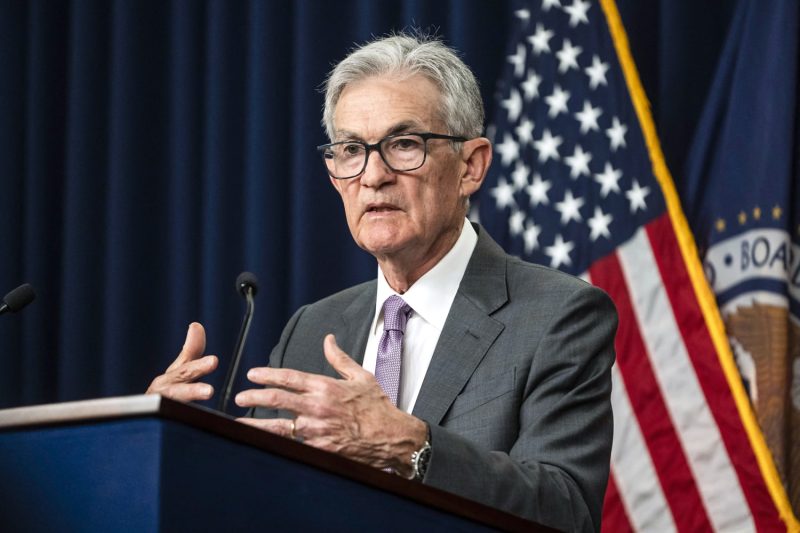In his recent statements, Federal Reserve Chair Jerome Powell has signaled that the time has come for a potential interest rate cut. Given the evolving economic landscape both domestically and globally, Powell’s stance reflects a nuanced approach to monetary policy and its impact on broader economic conditions. This potential rate adjustment comes amidst increasing concerns over slowing global growth, ongoing trade tensions, and muted inflation.
Powell’s acknowledgment of these factors underscores the Federal Reserve’s commitment to maintaining economic stability while adapting to shifting conditions. As the US economy approaches a record expansion period, the Fed is tasked with navigating a delicate balance between sustaining growth and mitigating risks to financial stability.
The looming threat of a global economic slowdown, catalyzed by trade uncertainty and geopolitical tensions, has prompted central banks worldwide to adopt accommodative monetary policies. Powell’s assertion that the Fed will act as appropriate to sustain the expansion suggests a proactive approach to safeguarding the US economy from external headwinds.
Moreover, Powell’s emphasis on ensuring that inflation remains near the Fed’s 2% target adds another dimension to the interest rate decision. With inflation hovering below the desired level, the Fed faces a challenge in stimulating price growth while avoiding disruptions to the broader economy.
The potential interest rate cut, if implemented, could have far-reaching implications for various sectors of the economy. Lower borrowing costs could stimulate consumer spending and business investment, providing a boost to economic activity. Additionally, a rate cut may help address concerns about a flattening yield curve and its implications for future growth prospects.
However, the Fed’s decision-making process is not without its complexities and potential trade-offs. A preemptive rate cut could be perceived as an overly cautious move, leading to questions about the Fed’s assessment of current economic conditions. Furthermore, the efficacy of monetary policy tools in driving sustainable growth amid global uncertainties remains a subject of debate.
As Powell and the Federal Reserve deliberate on the potential interest rate cut, they must carefully weigh the implications of their actions on a range of economic indicators and market dynamics. The evolving economic landscape requires a nimble and adaptable approach to monetary policy that takes into account both short-term challenges and long-term sustainability.
In conclusion, Powell’s indication of a potential interest rate cut underscores the Federal Reserve’s commitment to maintaining economic stability in the face of evolving global conditions. The forthcoming decision will shape the trajectory of US monetary policy and could have significant implications for economic growth, inflation, and financial markets. By navigating these challenges with prudence and foresight, the Fed aims to steer the US economy towards sustainable prosperity.

